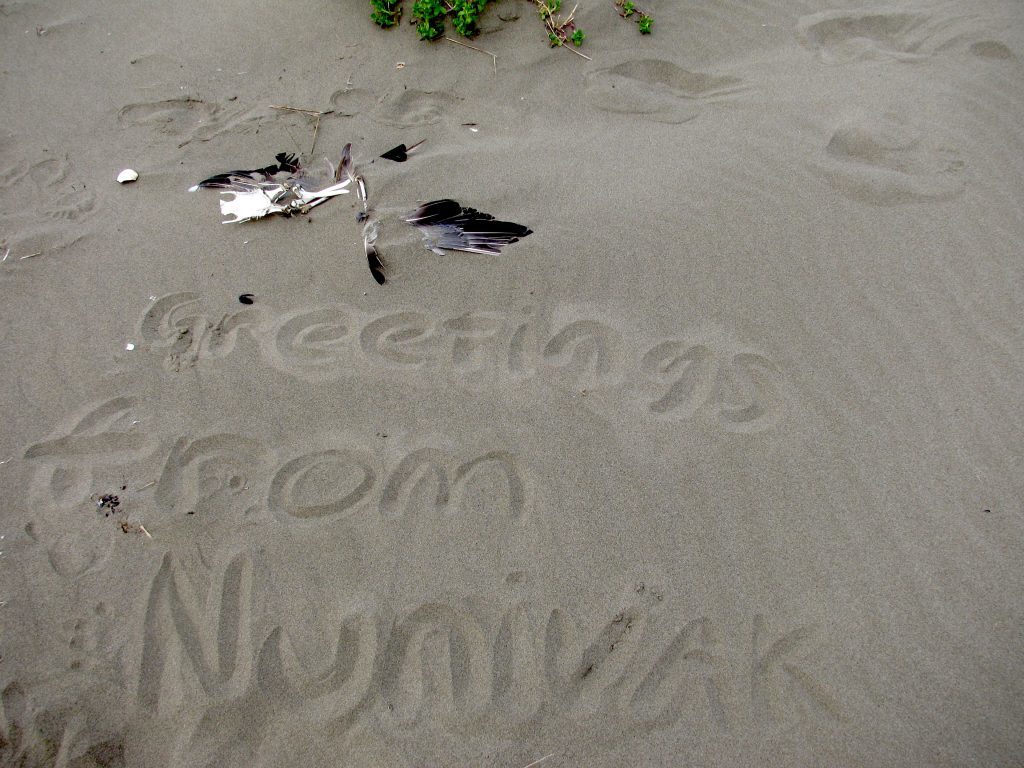
What paths do interns take once their time at COASST comes to an end? As part of our “New Footprints” series, we caught up with one of our past interns, Sean Rohan, and asked him what he’s been up to.
“After finishing my internship at COASST and graduating from UW, I had a short stint at Wild Fish Conservancy. I conducted snorkel surveys in support of a project monitoring anadromous fish passage above the Leavenworth, WA hatchery on Icicle Creek,” Sean mentions.
In October of 2010, he was hired to be a stomach analyst in the Food Habits Lab at Alaska Fisheries Science Center in Seattle for NOAA-Fisheries.
Sean spends 10 months out of the year “nose to the lab bench” identifying the stomach contents of numerous Alaskan groundfish species (Walleye Pollock, Pacific Cod, Atka Makerel, Sabelfish, Halibut, Lingcod). He’s given the task of creating new taxonomic identification protocols for the stomach contents, similar to how COASSTers use Beached Birds to identify finds that aren’t in the best shape. As you might expect, intact prey items are a rare find, halfway digested in the stomach of a cod!
When summer arrives, he spends 2 months at sea participating in annual/biennial groundfish surveys. He’s been to the Bering Sea twice and the Gulf of Alaska once throughout his time with NOAA so far. He says the biggest perk of going out to sea every summer is the ability to see live seabirds for a change!
Visitors to the Food Habits Lab often ask, “what’s the strangest thing you’ve found in the stomach of a fish?” Sean replies, “the strangest thing I’ve ever found was a murre foot in a Pacific Cod stomach, which I stumbled across during my first month on the job.” He recognized it immediately thanks to his years at COASST. “For better or for worse, it seems dead birds just won’t leave me alone!” It is the only one found in the 30-year history of the program’s data set (from 150,000+ stomachs). “Fortunately, that at least suggests that Pacific Cod aren’t regularly feeding on murres.”
And the best part of his new job? “I have an opportunity to see the cogs of the ecosystem turning in front of me everyday,” says Sean, “pretty cool.”
